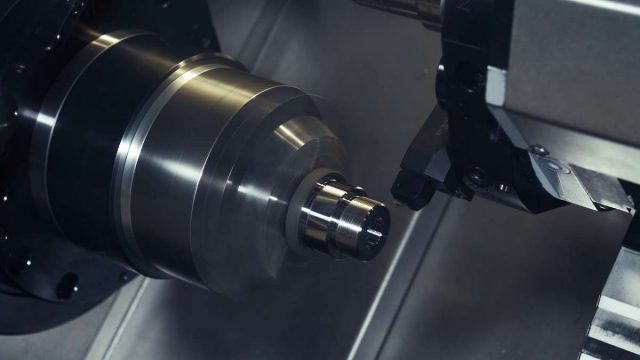Threading is one of the metalworking basics, which means you should always have thread milling tools in your kit. However, there’s a variety, and they all serve different purposes. Here’s a rundown of the top threading tools you should keep on hand as a machinist.
Threading Tools You Need on Tap
Contents
Precision is key to a properly threaded pipe or rod, so you need tools that can achieve your specifications. In many cases, you’ll need several pieces of equipment to complete the job.
So, what should you keep in your kit? You’ll need the following types of taps and at least one kind of die.
Forming Taps
If you’re working with aluminum, mild steel or another malleable metal, you can use a forming tap. These tools don’t have flutes like cutting taps do because rather than carving out threads, these tools force the material to take on a threading shape. Since there’s no cutting, there are no chips and therefore no need to break the chip. The one downside is that forming threads creates more friction than cutting them. To reduce the risk of damaging your instrument, you’ll need to use lubrication oil.
Power Taps
As you may have guessed from the name, power taps are compatible with threading machines, allowing machinists to thread at a faster rate. Additionally, most power taps automatically prevent crowding by continuously breaking the chip. In contrast, hand-operated taps require the operator to break the chip by reversing the tool.
There are a few types of power taps, and which you choose depends on the depth of the hole. For example, if you’re working with a blind hole, you’ll want a spiral flute tap. If you need to puncture the material all the way through, you’ll need a spiral point plug tap.
Taper Tap
When you encounter alloy steel or other materials that prove difficult to work with, you’ll likely need a taper tap. As the name suggests, this instrument sports a more pronounced taper at the end, allowing it to thread smaller holes.
Plug Tap
U.K. and Australian machinists call these tools second taps, but they’re called “plug taps” in the U.S. They’re primarily used for starting threading and are relatively common among professionals.
Bottoming Tap
Called “plug taps” by machinists in Australia and the U.K., bottoming taps continue threading jobs started by other tools. They can’t begin threading since they aren’t tapered, making it difficult to reach the bottom of holes.
Dies
If you have threading inserts and need to cut a bolt to fit, you need a die. There are three types:
- Rethreading
- Adjustable
- Solid
Rethreading dies clean up damaged threads, so you won’t use them when creating male threaded pieces. Adjustable dies have the advantage of creating a range of classes, while solid dies are more precise.
Things To Consider When Choosing Threading Tools
There are many brands to choose from, so how can you tell which threading tools are right for your project? You’ll need to consider the following:
- Thread size
- Thread type
- Quality
Whether using threading inserts for lathe or creating threads on a rod, you need tools that deliver consistent results. Fortunately, there are plenty of top-tier brands to choose from, ensuring you can find the perfect equipment for your project.


